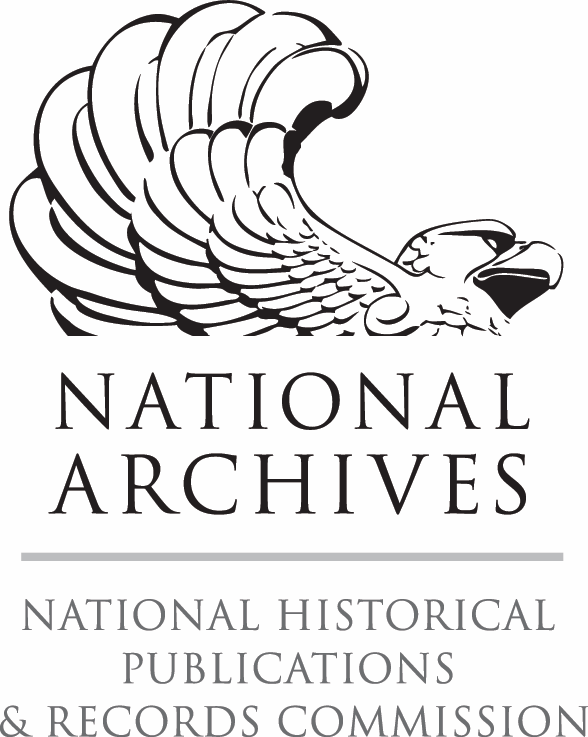Oral Histories of Immigration and Innovation
Why did scientists come to the United States to live, study, and work in the 20th century? What historical events and social conditions led some scientists to flee their home countries? How have immigrant scientists contributed to scientific discoveries and innovations?
These questions and more are being explored through Oral Histories of Immigration and Innovation, a project of the Science History Institute’s Center for Oral History.
The project makes freely accessible and searchable the oral histories of 70 eminent scientists and scientist-entrepreneurs who immigrated to the United States in the 20th century. The oral histories provide moving testimony and insights into the nature of immigrant scientists’ scientific work and enterprise, as well as their struggles and successes in weaving themselves into the cultural fabric of American life.
Many of these stories highlight historical events and social conditions that led individuals and families to flee their home countries. Other interviews shed light on the educational and professional opportunities that aspiring and experienced scientists sought out in the United States.
Funded by a grant from the National Historical Publications and Records Commission, “Oral Histories of Immigration and Innovation” allows researchers and the public to hear directly from the interviewees about their lives. Research from and excerpts of the oral history interviews will be shared through an exhibition at the Science History Institute, articles in the Institute’s Distillations magazine, and presentations at academic conferences.
Sample Interview: Mario Molina
Mario Molina grew up in Mexico City, Mexico. After studying chemical engineering in Mexico and polymer kinetics in Germany, he decided to apply to graduate school in the United States in order to take more courses and work closely with a professor. He was accepted to the University of California, Berkeley, graduating with a PhD in physical chemistry in 1972. He went on to contribute a theory of ozone depletion, highlighting the chemical imbalances in the atmosphere, and was awarded the 1995 Nobel Prize in Chemistry along with Paul J. Crutzen and F. Sherwood Rowland.

National Historical Publications and Records Commission
Oral Histories of Immigration and Innovation is made possible through a generous grant from the National Historical Publications and Records Commission (NHPRC).
The NHPRC, a statutory body affiliated with the National Archives and Records Administration, supports a wide range of activities to preserve, publish, and encourage the use of documentary sources—created in every medium ranging from quill pen to computer—relating to the history of the United States. To learn more, visit archives.gov/nhprc.
Contact Us
If you have questions about the project or want to learn more, please contact:
Sarah Schneider
Program Associate
Center for Oral History
sschneider@sciencehistory.org
Featured image: Jewish German chemist Georg Bredig’s immigrant identification card, 1940. Science History Institute
